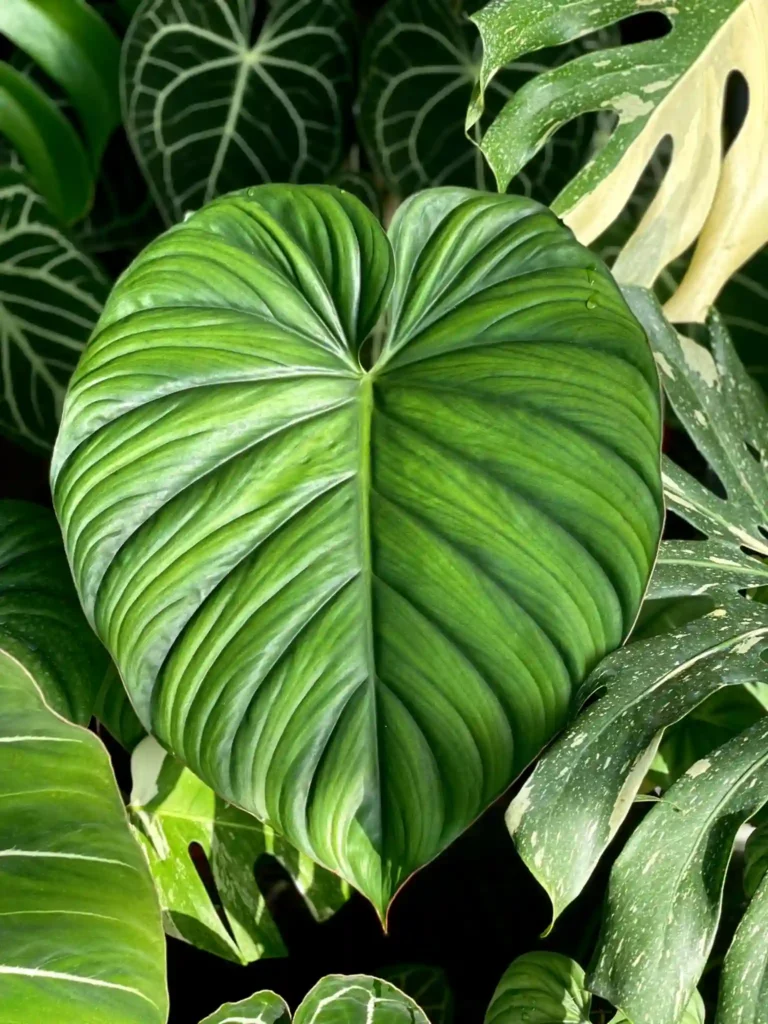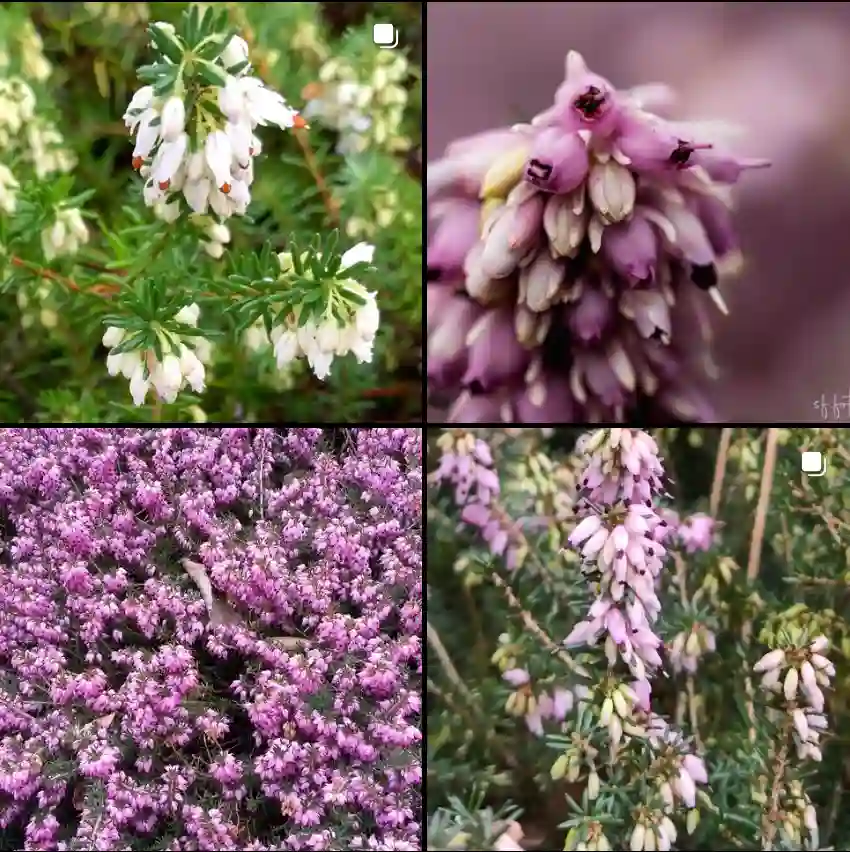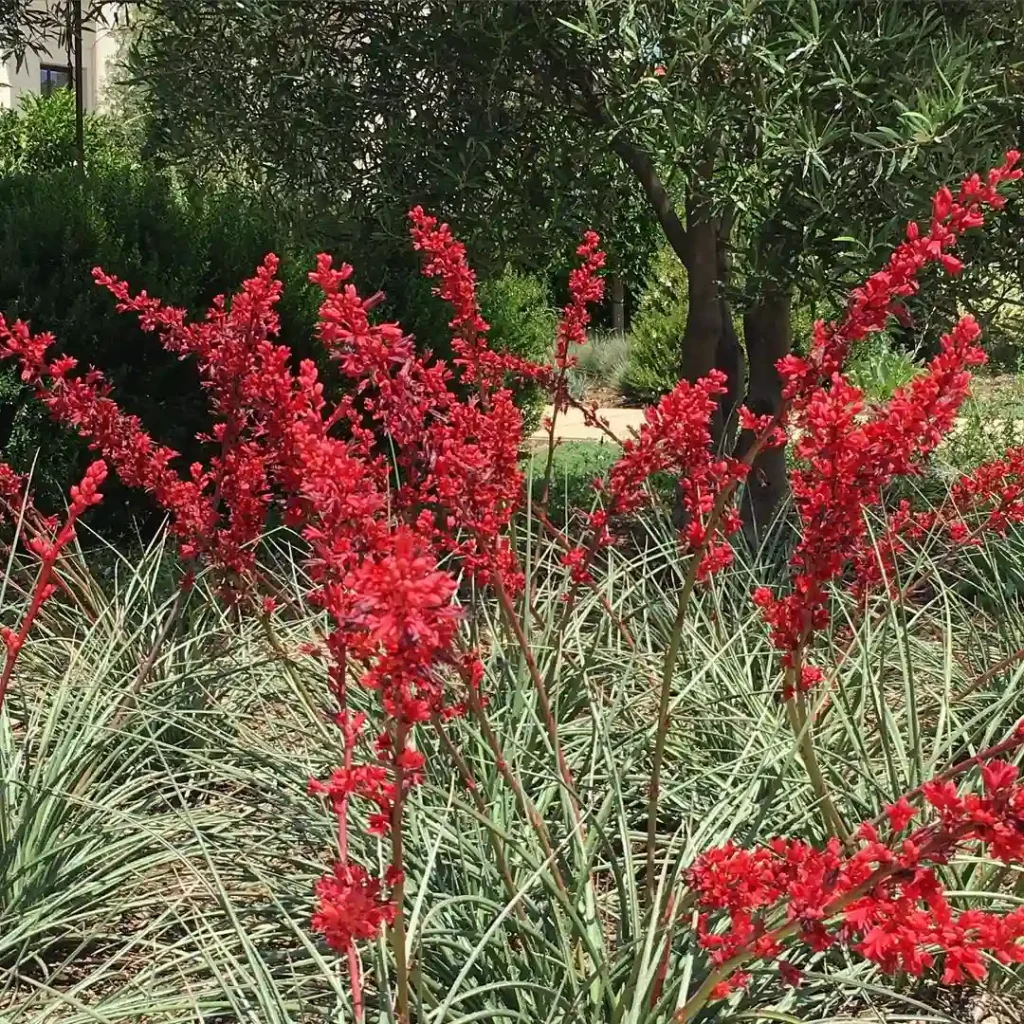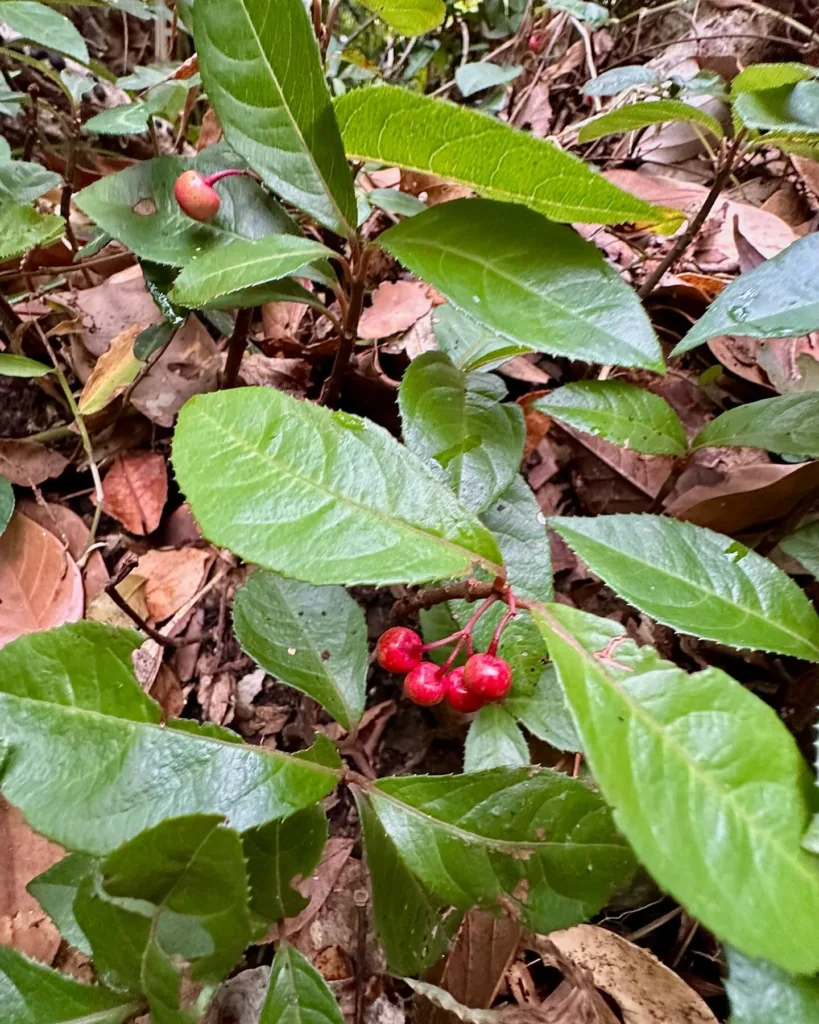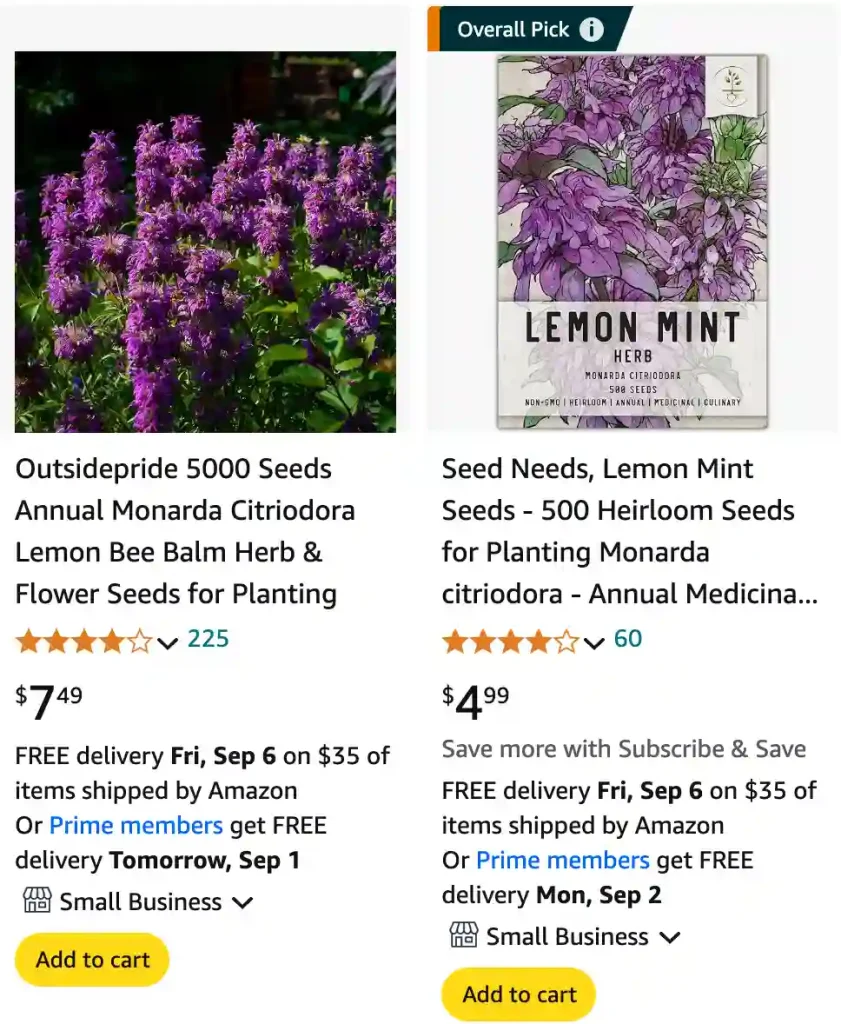
What is Monarda Citriodora?
Monarda Citriodora, also known as Lemon Bee Balm, is a striking plant that stands out for its vibrant blooms and lemony fragrance. Originating from the United States, this herbaceous perennial is part of the mint family, Lamiaceae, which also includes other popular garden herbs like basil and thyme. It’s known for its tall, slender stems and clusters of lavender to pink flowers that attract pollinators like bees and butterflies. The plant’s foliage releases a delightful citrus aroma when brushed or crushed, which adds to its appeal in both gardens and herbal remedies.
25 Species in Genus Monarda – Bee Balm
How to Grow Monarda Citriodora?
Growing Monarda Citriodora is relatively straightforward, but it does require some attention to detail for optimal results. Here’s a step-by-step guide based on my personal experience:
- Choosing the Right Location: Monarda Citriodora thrives in full sun to partial shade. It prefers well-drained soil enriched with organic matter. If your garden has heavy clay or poorly-draining soil, consider amending it with compost or planting in raised beds.
- Soil Preparation: The soil should be kept consistently moist but not waterlogged. Before planting, mix in some compost to improve soil fertility and drainage. The plant prefers a slightly acidic to neutral pH, around 6.0 to 7.0.
- Planting: Space your plants about 18 to 24 inches apart to allow for their spreading habit. Plant them at the same depth they were growing in their nursery container. Water thoroughly after planting to help settle the soil and reduce transplant shock.
- Watering and Fertilizing: Regular watering is crucial, especially during dry spells. Monarda Citriodora benefits from a balanced, all-purpose fertilizer applied in early spring. Avoid over-fertilizing, as this can lead to lush foliage at the expense of blooms.
- Pruning and Deadheading: To encourage more blooms and prevent the plant from becoming too leggy, deadhead spent flowers regularly. You can also prune back the plant after flowering to maintain its shape and promote new growth.
Does Monarda Citriodora Have Runners?
Monarda Citriodora does not typically produce runners. Unlike some other plants that spread through underground stolons or runners, Monarda Citriodora mainly spreads through its root system and by self-seeding. This means that it will grow in a clump and can slowly expand outward from its base. If you’re looking to control its spread, periodic division of the plant every few years can help keep it manageable.
How to Propagate Monarda Citriodora?
Propagating Monarda Citriodora is an enjoyable and rewarding process. Here are a few methods you can use:
- Seed Sowing: Start seeds indoors 6-8 weeks before the last frost. Sow seeds on the surface of seed-starting mix and lightly press them in. Keep the soil moist and maintain a temperature of about 70°F (21°C). Transplant seedlings outdoors after the danger of frost has passed.
- Division: In early spring or fall, you can divide established clumps. Gently lift the plant, separate the root ball into smaller sections, and replant each section in a new location. This method also helps rejuvenate older plants.
- Cuttings: Take 4-6 inch cuttings from the tips of healthy stems in late summer. Remove the lower leaves, dip the cut end in rooting hormone, and plant it in a moist, well-draining potting mix. Cover with a plastic bag to maintain humidity until roots develop.
How to Care for Monarda Citriodora?
Caring for Monarda Citriodora involves a few key practices:
- Pest and Disease Management: This plant is relatively pest-resistant, but it can sometimes be affected by powdery mildew or leaf spot. To prevent these issues, ensure good air circulation around the plant and avoid overhead watering. If problems occur, treat them with appropriate fungicides.
- Winter Care: In colder climates, mulch around the base of the plant to protect the roots from freezing temperatures. In warmer regions, Monarda Citriodora is generally evergreen and does not require additional winter protection.
What to Plant With Monarda Citriodora?
Monarda Citriodora pairs well with a variety of companion plants. Its tall, upright growth makes it an excellent backdrop for shorter, blooming plants like Echinacea or Rudbeckia. It also complements ornamental grasses and low-growing perennials such as Nepeta or Salvia. For a more naturalistic garden, try planting it with native wildflowers and shrubs.
Can You Grow Monarda Citriodora Indoors?
While Monarda Citriodora can be grown in containers, it is best suited for outdoor gardens. Indoor environments might not provide enough light or the ideal humidity levels this plant prefers. However, if you have a bright, sunny window and are willing to maintain the right conditions, you could attempt to grow it indoors in a large pot.
Is Monarda Citriodora Toxic?
Monarda Citriodora is non-toxic and safe for humans and pets. Its fragrant leaves are often used in herbal teas and remedies, though it’s always wise to consult with a healthcare provider before using any plant medicinally.
Benefits of Monarda Citriodora
Besides its aesthetic appeal, Monarda Citriodora offers several benefits:
- Pollinator-Friendly: Its flowers attract bees, butterflies, and other beneficial insects, which can help improve the overall health of your garden.
- Herbal Uses: The leaves have a lemony flavor that can be used to make herbal teas or as a flavoring in culinary dishes.
- Aromatic Qualities: The citrus scent of the foliage adds a pleasant aroma to your garden or home.
Common Problems with Monarda Citriodora
While generally hardy, Monarda Citriodora can face a few challenges:
- Powdery Mildew: This fungal disease can cause a white, powdery coating on the leaves. Ensure proper spacing between plants and avoid overhead watering to reduce the risk.
- Leggy Growth: If the plant does not receive enough sunlight, it may become leggy and less compact. Ensure it gets sufficient sunlight and consider cutting it back to encourage bushier growth.
In summary, Monarda Citriodora is a vibrant and versatile plant that can add beauty and fragrance to your garden. With the right care and conditions, it can thrive and become a delightful addition to your landscape.
If i die, water my plants!
